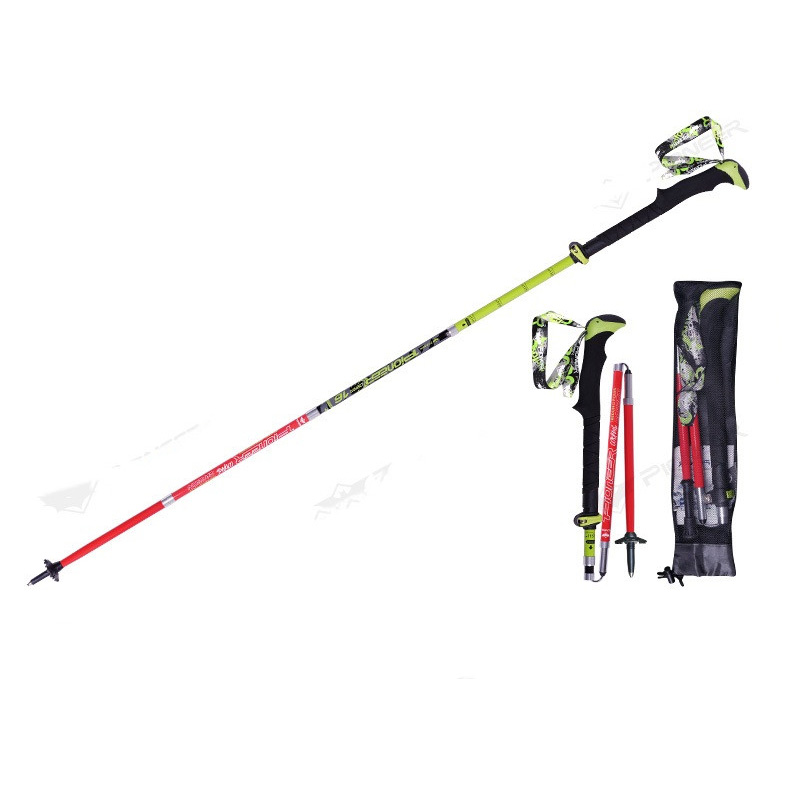There are different classifications of trekking poles based on different structures. Below I will explain in detail the specific differences and how to choose one.
1. Handles are classified by shape
Straight handle trekking pole: used for professional outdoor sports, more comfortable to hold and highly safe, highly recommended!
T-handle trekking pole: widely used in leisure sports, more solid support
It is generally recommended to choose EVA, cork and foam as the material of the handle, which is comfortable to fit, insulated and warm, and is more lightweight.
2. Support rods are classified according to material
Titanium alloy trekking poles: durable, lightweight, but expensive
Carbon fiber hiking poles: the most lightweight and flexible, but not durable and easy to break
Aluminum trekking poles: durable and cheap, but a bit heavy
In general, choose aluminum alloy for economy and durability, choose carbon fiber for lightness, and if the budget is high enough, choose titanium alloy.
3. Adjustment locks are classified according to locking methods
Regarding the issue of external locks and internal locks, in fact, the mainstream trekking poles on the market now are external locking trekking poles. They can be fixed by closing the fasteners, easy to use, and easy to repair if they break, so currently they are basically external locks.
Can I buy stacking sticks?
Generally, the main advantage of foldable trekking poles is that they are very small after folding and are easy to carry. In fact, they have basically no impact on their functions. They are perfectly suitable for activities such as hiking and mountain climbing.
